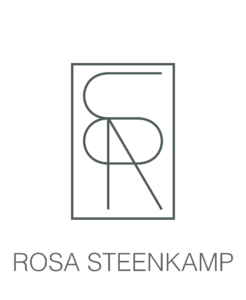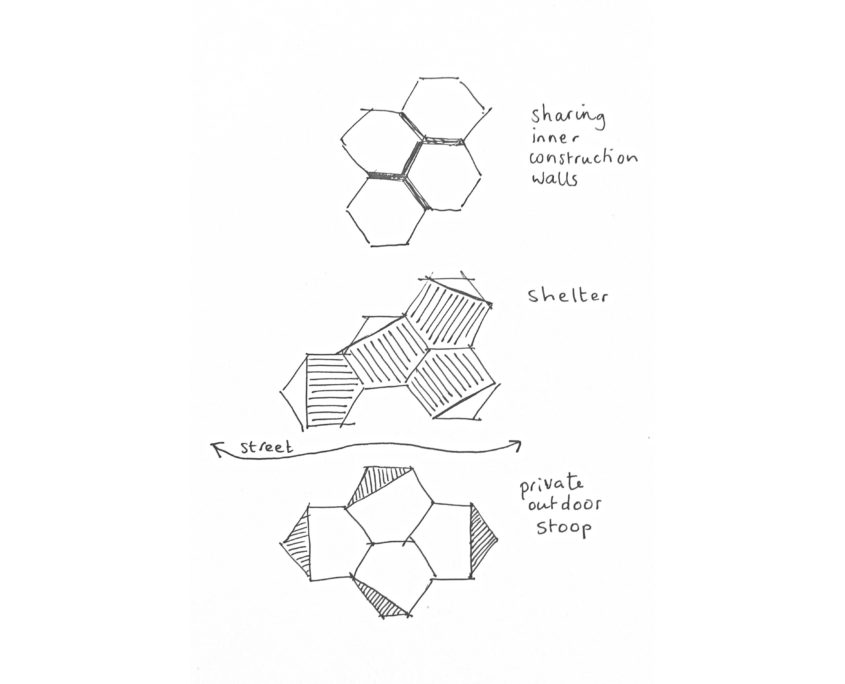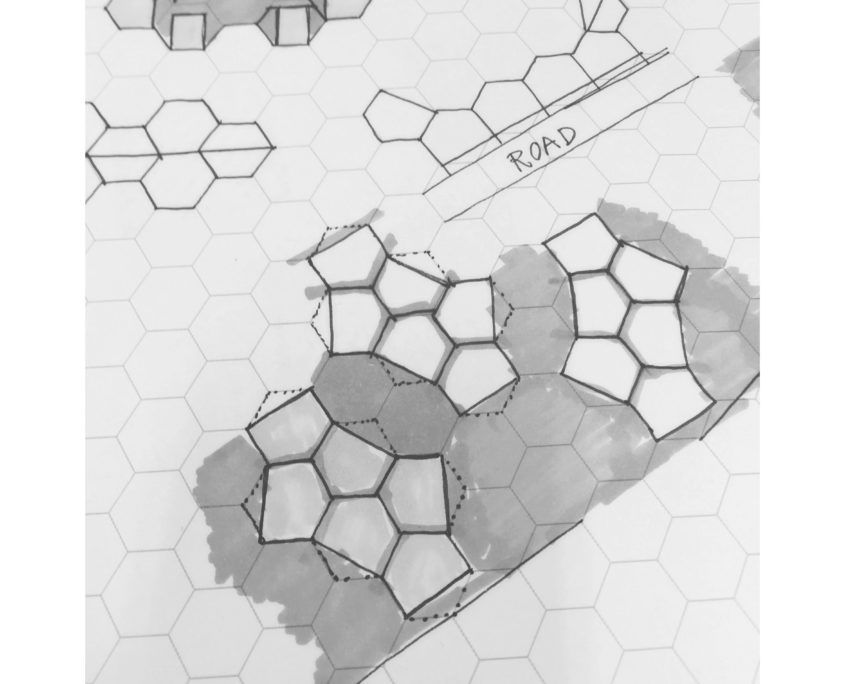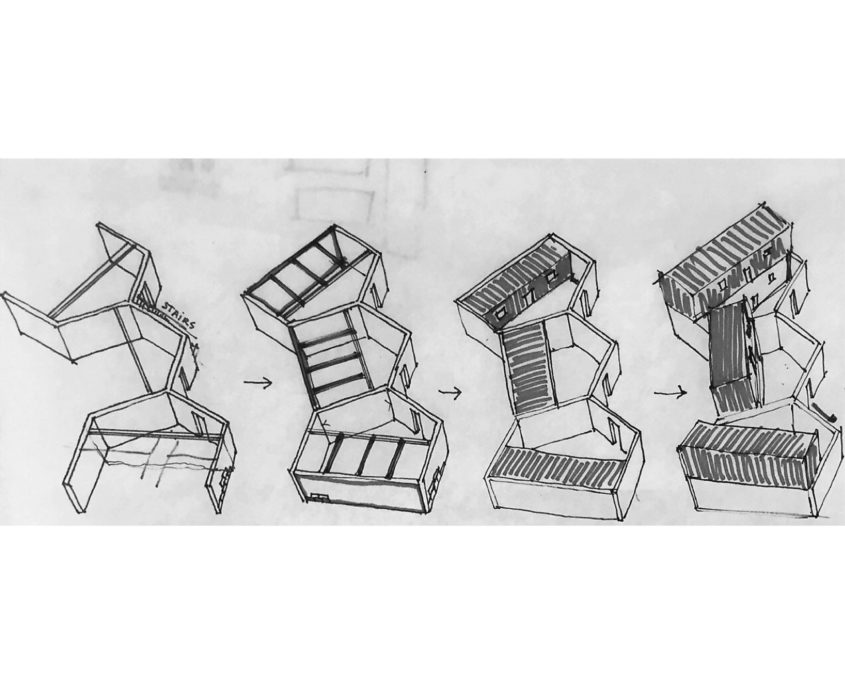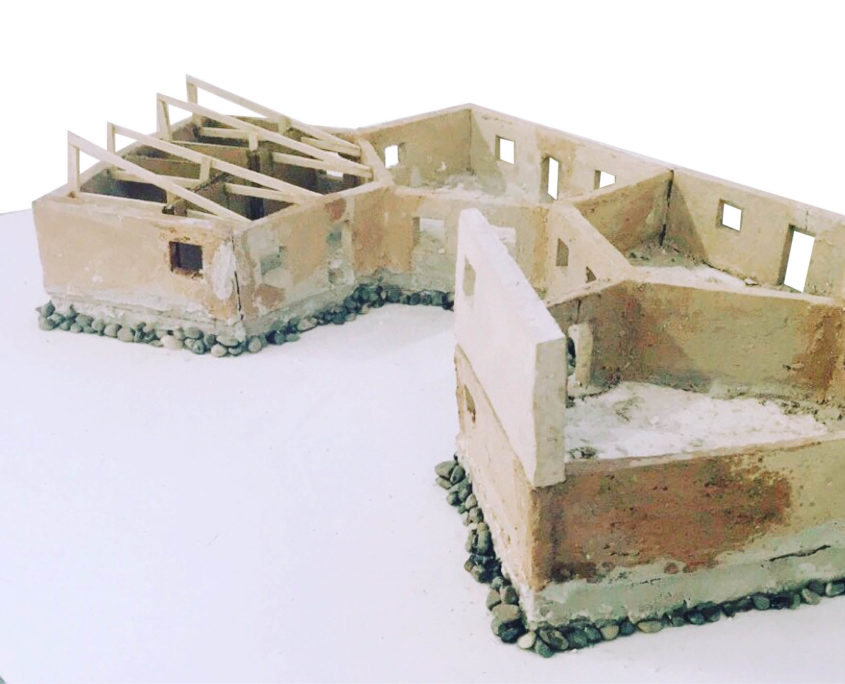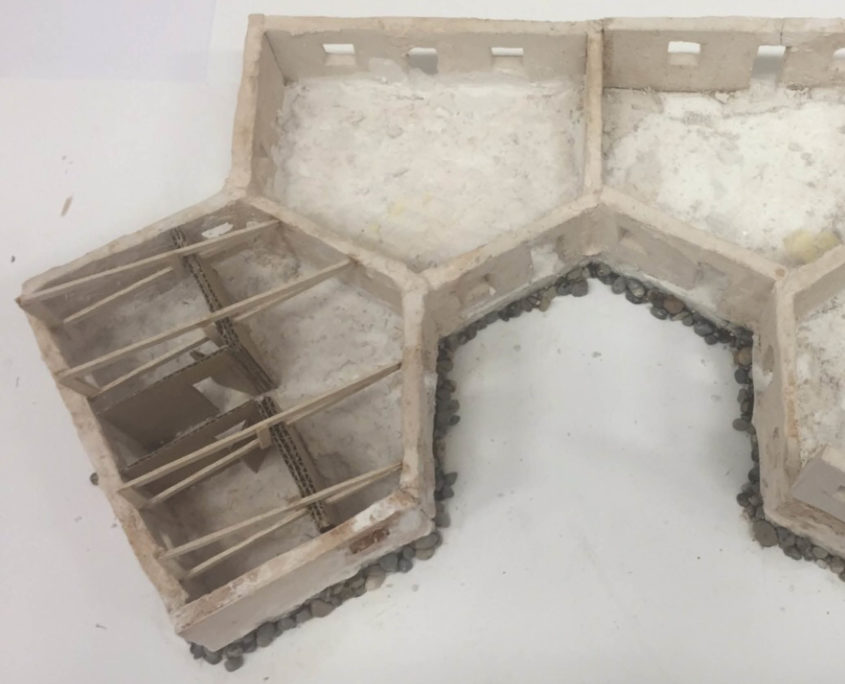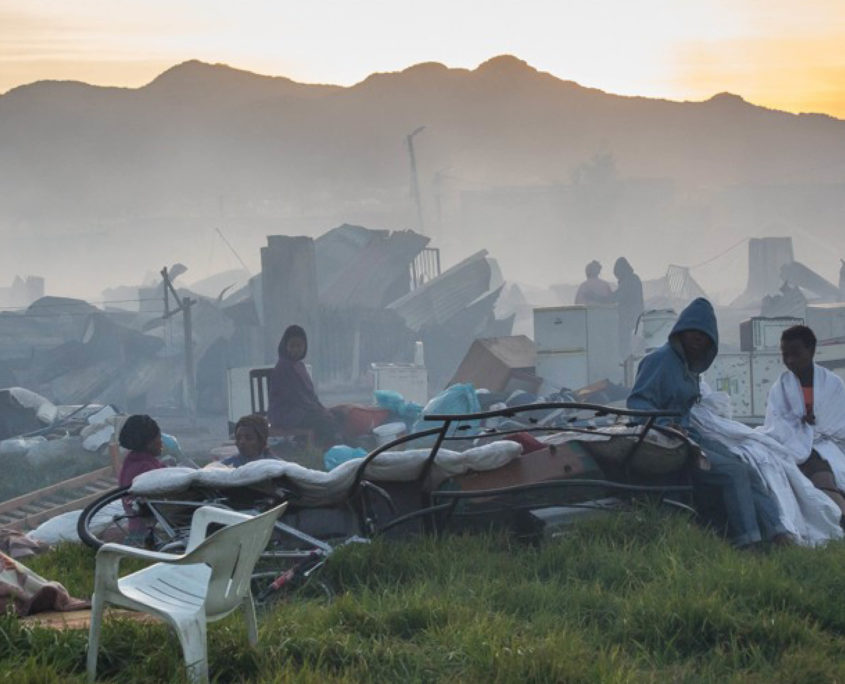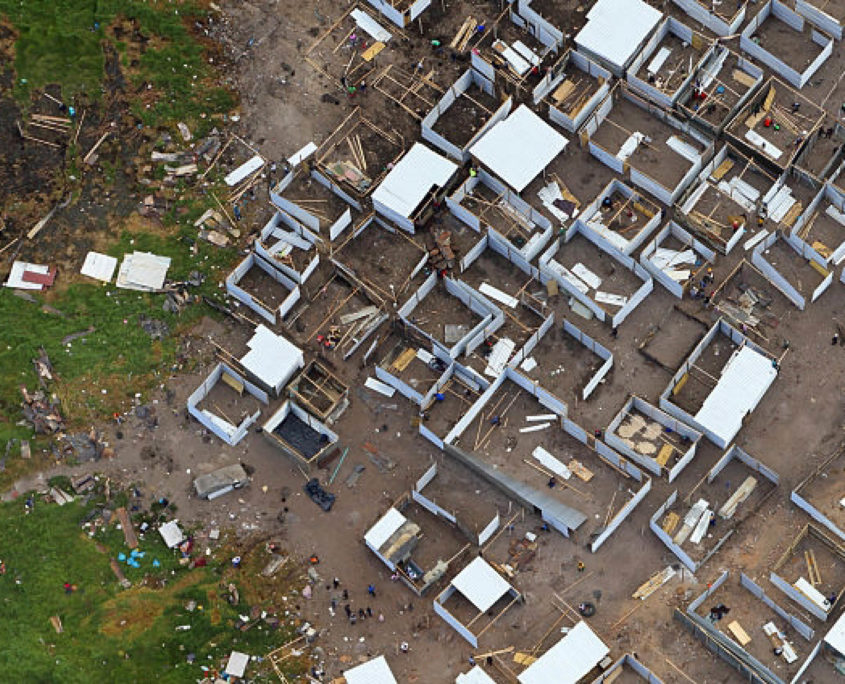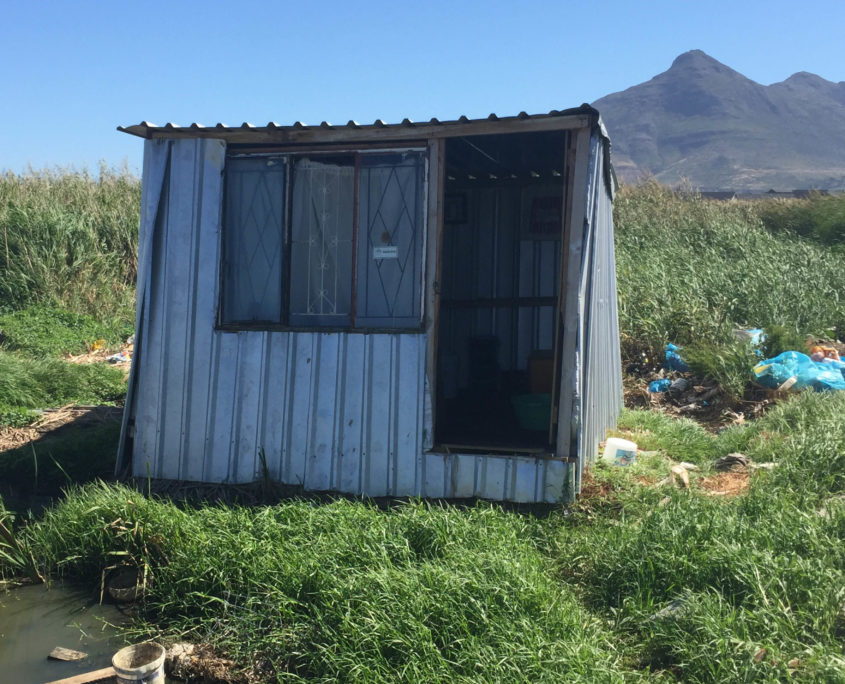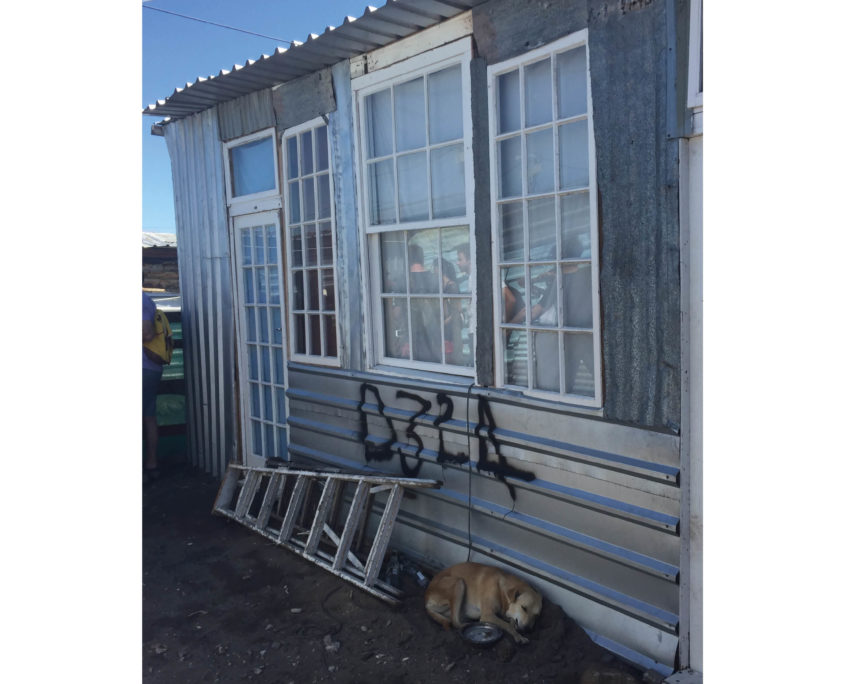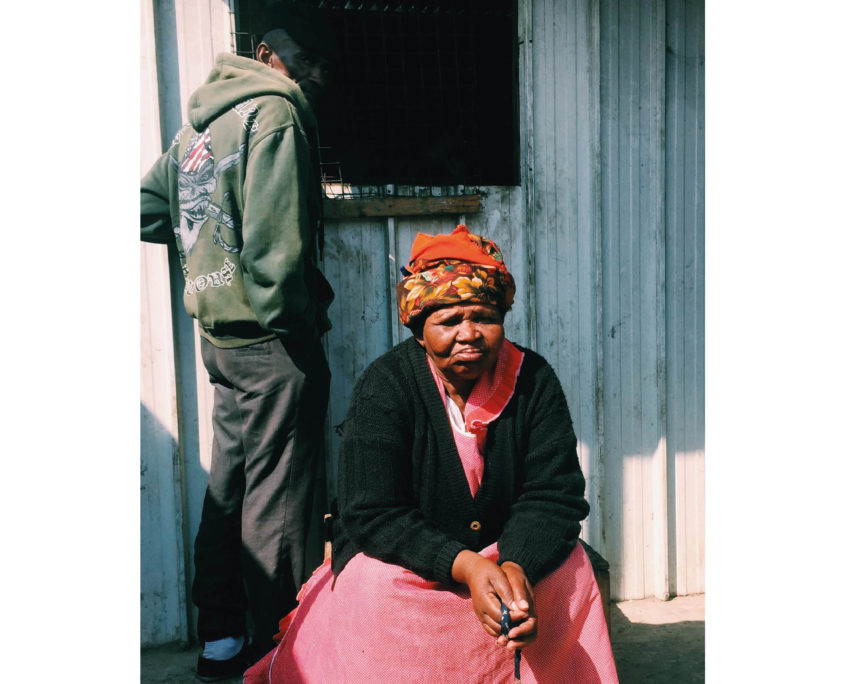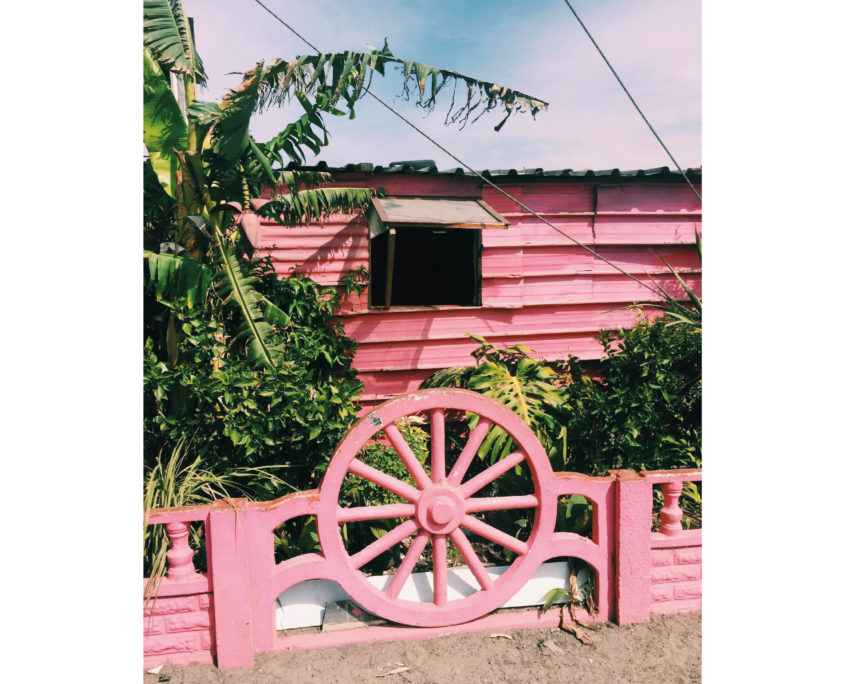Location
Masiphumelele
Cape Town (ZA)
Program
Replicable housing protype
for an informal settlement
Urban strategy
Area
15 m2 (unit size)
University
Semester project
MSc Architecture
Chair of Urban Think Tank (U-TT)
Eidgenössische Technische Hochschule Zürich (ETHZ)
Zurich (CH)
Tutors
D. Wills
D. Ceresuela Wiesmann
prof. A. Brillembourg
prof. H. Klumpner
Bricking Out
PDF drawings
Bricking Out
Occupy. Grow. Edit.
Within the studio ‘Occupy-Grow- Edit’ of professors A. Brillembourg and H. Klumpner (Urban Think Tank, ETHZ), each student focused on the development of a replicable housing prototype and its anticipative urban strategy for the informal settlement of Masiphumelele, Cape Town, South Africa. The studio responded to the urgent need for dignified, affordable and quality housing and leveraged the potential of rapid and strategic urban planning, community capacity building, industry and local building systems. Each student developed a project across three scales: the individual housing unit and its aggregated form; neighbourhood development, including public space and services; and urban systems designed to unify the township with the surrounding city.
Occupy – the individual housing unit and its aggregated form
Grow – neighbourhood development including public space and services
Edit – urban systems and large scale visions on how the townships become part of a unified city
Masiphumelele, Cape Town
The studio focused on Masiphumelele, a township in Cape Town that as of November 2015 lost 1000 households in a devastating fire, leaving 4000 residents homeless. Before the fire, residents lived in ‘shacks’ – informal structures constructed from wood and corrugated metal scraps.
After the fire, these newly formed refugees quickly started reclaiming the land in an attempt to rebuild their livelihoods with any available material. The government provided aid by handing out starter kits. A starter kit contains wooden poles and corrugated iron sheets of which one can build a new shack within a day.
In less than a week, a new settlement was formed. The city struggled to structure this development with safety implementations and basic infrastructure to prevent more fires from happening. A common problem in the townships of South Africa.
Circulation within the townships is often obstructed and it becomes difficult to navigate the settlements making it increasingly harder for fire and health services to infiltrate. The result is the contested city, a battle between occupation and intervention, leading to the creation of an uncertain urban landscape.
This studio, for me, was an investigation, in real time, on solutions for ground up, tabula rasa urbanism while attempting to understand the complex roles residents, city planners, architects, governments, and charitable institutions have in upgrading metabolistic communities afflicted by urban reconstruction issues. I have investigated architecture’s role in the context of land appropriation, rapid construction, incremental development, the inclusion of appropriate infrastructure, and the implementation of sustainable densities.
Bricking Out
My ‘Bricking Out’ project shared the ambition to break the vicious cycle of providing victims with a starter kit of the same flammable materials over and over again. This starter kit is part of the governmental aid programme to provide rapid shelter. With this kit, one can build a new shack in a day. However, since people in the townships do not have the means to build better shelter, these shacks will become their long-term accommodation. This is, in my opinion, in contravention of basic human rights.
Therefore, I researched the possibility to design an alternative starter kit. A kit that is easy to assemble, consists of fire proof materials, is able to withstand extreme weather conditions and floods, costs the same as the previous kit, and provides shelter for the long run. That was the goal.
Through field research, I learned how people in informal settlements live and take care of each other. These people live very tough lives. Abusement, rape, robbery, drug addiction, and gang violence are common in the townships. Every day is a new day of survival. By keeping the head up, one learns to be creative and inventive. When taking a close look at how an informal settlement agglomerates, one notices that people group together for social control and safety. People in the same cluster of households look after each other’s children, do business, eat, and wash together. Space is used to its optimum, also inside the homes. A cluster of shacks shares walls to make the most out of the material it received or collected. In little corners, one will find small gardens to grow vegetables, chicken coops or small shops. The design for the new starter kit should take the local culture into account, in order to support the people in their daily routines and smart habits.
Looking at the surroundings of Masiphumulele, I came to the conclusion that the wetland’s clay functions well as an ingredient to produce hand pressed bricks. Setting up a brick workshop near the informal settlement of Masiphumelele would be a great sustainable investment for the government to do. The workshop could be built any time, and start the production of solid bricks right away. In this way, money is not invested in flammable materials, but in raw resources and education.
The workshop would function as a social, safe workplace, where one finds employment and feels at ease. In the workshop, residents are educated in pressing bricks and are taught how to build a small, qualitative, and sustainable 15 m2 housing unit. Brick by brick, shacks are replaced by brick homes; the ‘Bricking Out’ concept. Building such a workshop is a large governmental investment, but payback is quick, since it breaks the cycle of investing in short term, non-sustainable building solutions.
After finding an alternative building material, the next goal was to design a housing prototype that comes with easy understandable building guidelines. A hexagonal shape of the concrete foundation was chosen to stimulate easy replication and to sustain the local habit of sharing walls. In this way, the organisation of small communal clusters is preserved, and with that social control and safety. Furthermore, less building material is wasted.
On top of the concrete hexagonal base, five masonry walls are built. Supporting wooden beams are anchored at the top of these walls, in order to construct the sloping roof or new floor construction. Construction with hand pressed bricks allows in one storey dwellings, and that results in more public space on ground level.
A cluster of units can also function as a school, a market place, workshop space or sanitary space. In this way dwellings, as well as community services are structured within the same hexagonal grid allowing for a more organised sustainable humane urbanisation.
